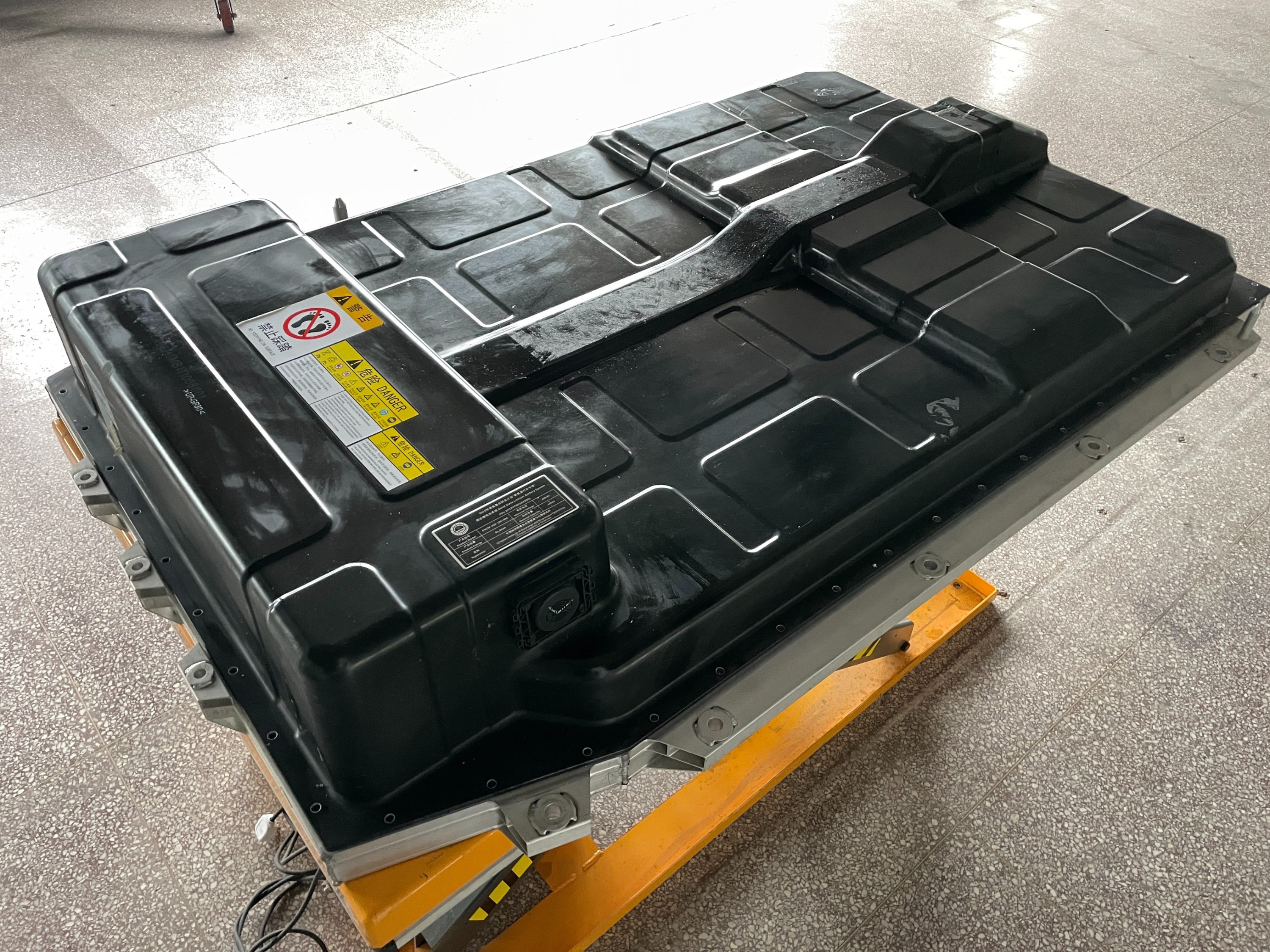
The BMS Battery Management System, commonly known as a battery nanny or battery manager, is primarily designed to intelligently manage and maintain various battery units, prevent overcharging and discharging, extend battery life, and monitor battery status.

The BMS battery management system unit includes a BMS battery management system, a control module, a display module, a wireless communication module, electrical equipment, a battery pack used to power electrical equipment, and a collection module used to collect battery information from the battery pack. The BMS battery management system is connected to the wireless communication module and display module through communication interfaces, and the output end of the collection module is connected to the input end of the BMS battery management system. The output end of the BMS battery management system is connected to the input end of the control module, and the control module is connected to the battery pack and electrical equipment. The BMS battery management system is connected to the server end through wireless communication modules.

Through profound technological accumulation, Zhongke Shenlan closely integrates the battery management system with the power battery of electric vehicles, detecting the voltage, current, and temperature of the battery in real time. It also performs leakage detection, thermal management, battery balance management, alarm reminders, calculates the remaining capacity (SOC) and discharge power, reports the degree of battery degradation (SOH) and remaining capacity (SOC) status, and uses algorithms to control the maximum output power based on the voltage, current, and temperature of the battery to obtain the maximum driving range. It also uses algorithms to control the charging machine for optimal current charging, and communicates in real-time with the onboard main controller, motor controller, energy control system, onboard display system, etc. through interfaces.

At the same time, utilizing AI to enable BMS to start from the battery mechanism, combined with years of accumulation in the battery field, integrating big data and AI capabilities, and based on cloud data, constructing a digital twin model of thermal runaway of power batteries in multiple physical scenarios, providing fault warning and dynamic management services throughout the battery life cycle.